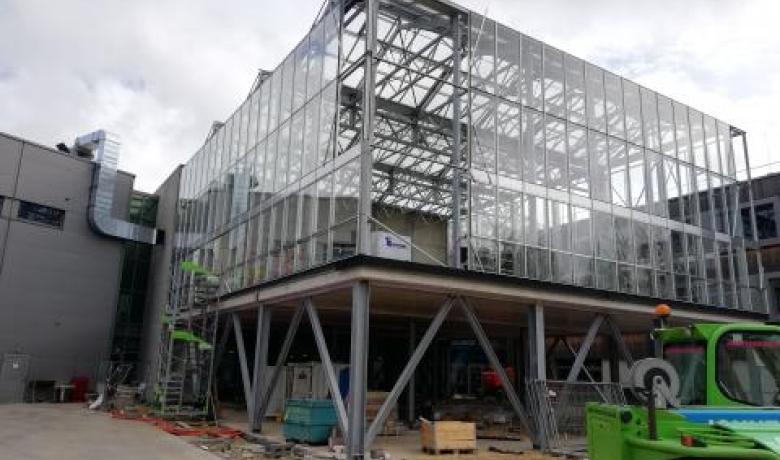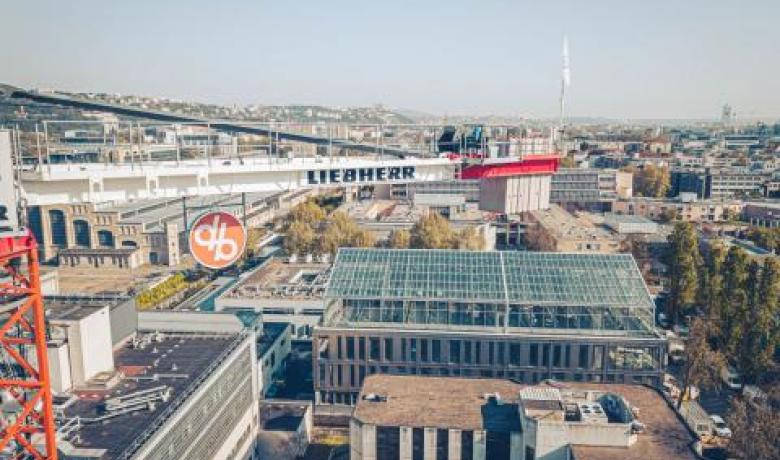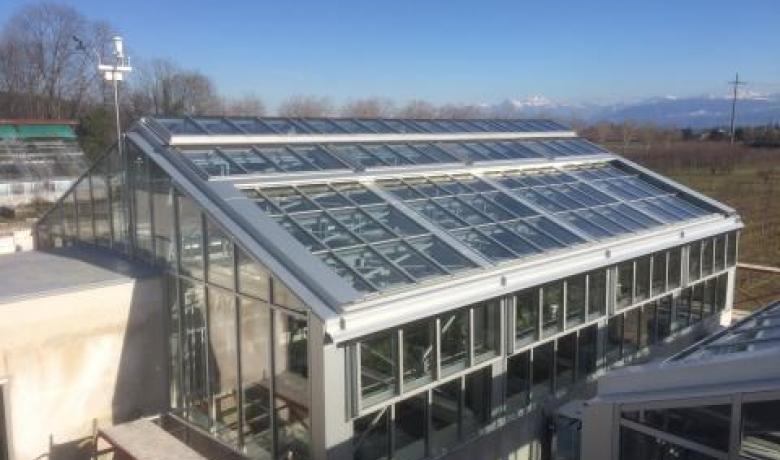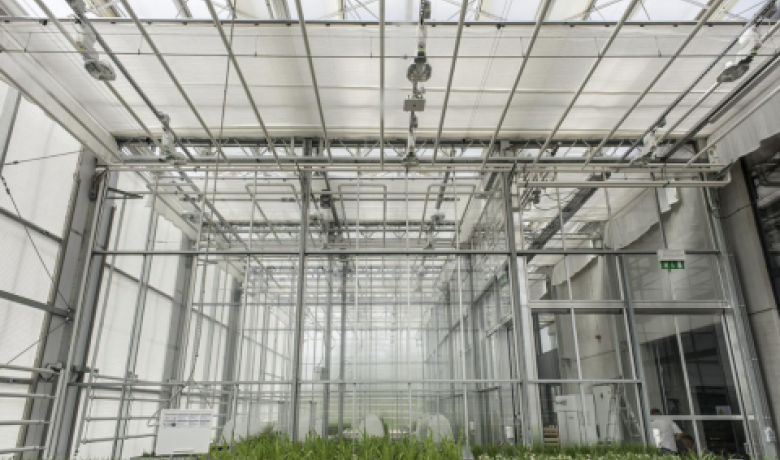Research facilities: outstanding examples of engineering
Many scientific institutions and companies operating in glasshouse horticulture, plant refinement, biotechnology, etc. need greenhouses as research areas.
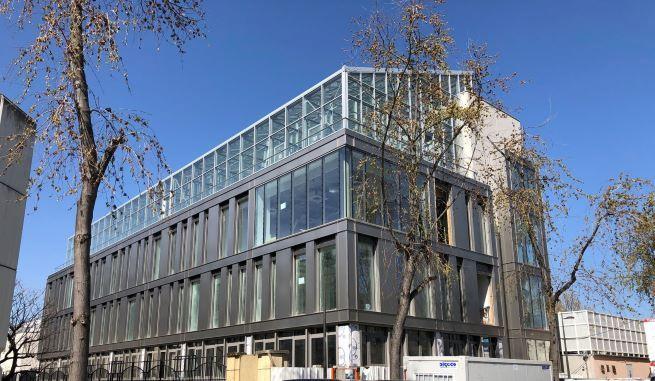
These research facilities are quite different from the traditional production areas. Where traditional greenhouses have a limited number of large compartments, research greenhouses have a larger number of small compartments. The applicable standards are also different. Research greenhouses are subject to strict standards and requirements in terms of airtightness between the compartments. These are also there for safety and hygiene reasons and to prevent contamination from and to the environment.
This is due to research involving genetically modified plants, new plant varieties, new plant protection products, plant diseases, etc. Depending on the type of research or the sector, there may be specific rules that apply in addition. These factors mean that these greenhouses are tailor-made technical masterpieces. This is an area in which Deforche Construct feels particularly comfortable.
Here are three things we would like to highlight when it comes to research facilities.
No space available on ground level? Then go to the roof!
Lack of space on many sites and terrains often forces builders to be creative. Because research greenhouses usually have a smaller surface area than production greenhouses, they can sometimes be placed on a roof. It has long been customary to place other types of greenhouses on top of buildings in cities. And the concept of roof greenhouses for research purposes is something that Deforche Construct has been familiar with for some time. However, these roof greenhouses do have additional requirements. Waterproofing, for example. This has to be more than perfect for a greenhouse on a roof as this is an entirely different structure to a greenhouse on ground level. With roof greenhouses, the technical room is usually on a different level than the greenhouse, which also requires a special technical approach.
The construction process on a roof is also completely different to the approach taken when building on ground level. When installing the structure, the transport operations are vertical and therefore more complicated and time-consuming. The area in which work can be carried out is also smaller. That means that only those components that are needed immediately are hoisted up. All of this makes the construction more labour intensive. This type of construction also requires closer cooperation with the building's structural engineer, because this specific type of construction is expressed in millimetres rather than centimetres.
Climate and light – important factors in a research centre
The incidence of light in highly compartmentalised research greenhouses is less than in a traditional production greenhouse. Assimilation lighting to promote plant growth is therefore usually a requirement.
Artificial light also allows a greater diversity of research projects to be carried out. However, it is important to control this light using screening techniques in the morning or evening in order to avoid a high level of light pollution that could confuse certain bird species. In a research greenhouse with many hermetically sealed compartments, keeping light inside without it leaking into the environment is quite an undertaking. Fortunately, thanks to our experience and expertise in these screening techniques, we are still a greenhouse constructor rather than a constructor of night-time lighthouses.
Research facilities – always customised
Usually, each compartment in a research greenhouse is a separate climate zone. It is then possible to have complete control over each individual zone in terms of air vents, heating, assimilation lighting, humidity, temperature, irrigation, etc. Different plants and different types of research require different climates. Often it is also a requirement to keep insects in for research purposes or just keep other insects out so as not to interfere with ongoing research.
Customisation for this type of greenhouse goes quite a long way. Let's take the CropDesign research centre in Nevele as an example. Research carried out on new plant varieties is almost entirely automated here. Each plant is transported from the place where it is grown to a research area via conveyor belts. In this area, numerous photographs are taken of the plant, after which data such as the 'leaf area index' (leaf area per unit of ground surface), length of longest leaf, plant height, etc. are automatically processed. After the photo session, the plant returns to its original location via the same conveyor belts. In this way, the greenhouse functions autonomously, with limited human input.
Another story is Globachem's research greenhouse, where research is carried out into crop protection products. For this research, it must be easy for the individual areas of the greenhouse to be completely emptied and then thoroughly disinfected to destroy germs. The cultivation tables used at this research centre are custom-made and modular, meaning that that it is possible to vary the cultivation surface area to the desired level from one trial to the next.
Conclusion
It goes without saying that research greenhouses are technical masterpieces that have very little in common with the hobby greenhouse in the garden. Bringing together this inherent complexity and being able to offer a solution from a single source is increasingly the focus of Deforche Construct.

